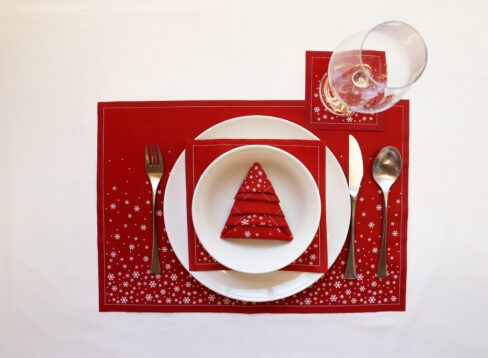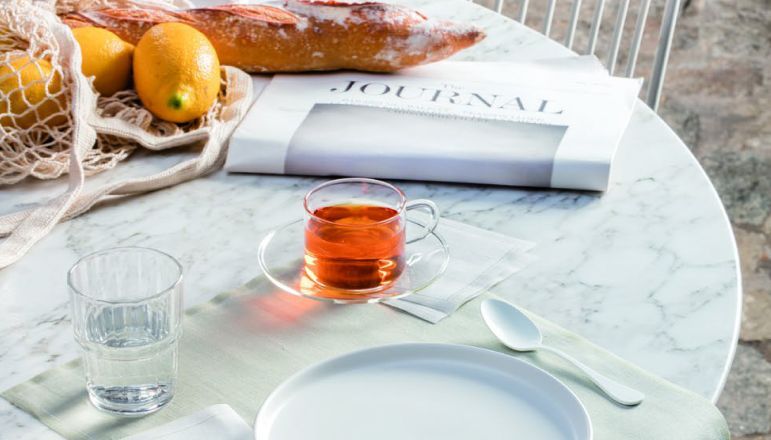Cotton napkins: a vintage proposal
Although it hasn’t always been as we know it today, the truth is that many, many years ago humanity used cotton napkins. It is highly probable to imagine that someone predicted their end when they invented the paper napkin (in the early 20th century), but it is clear that in no way has this
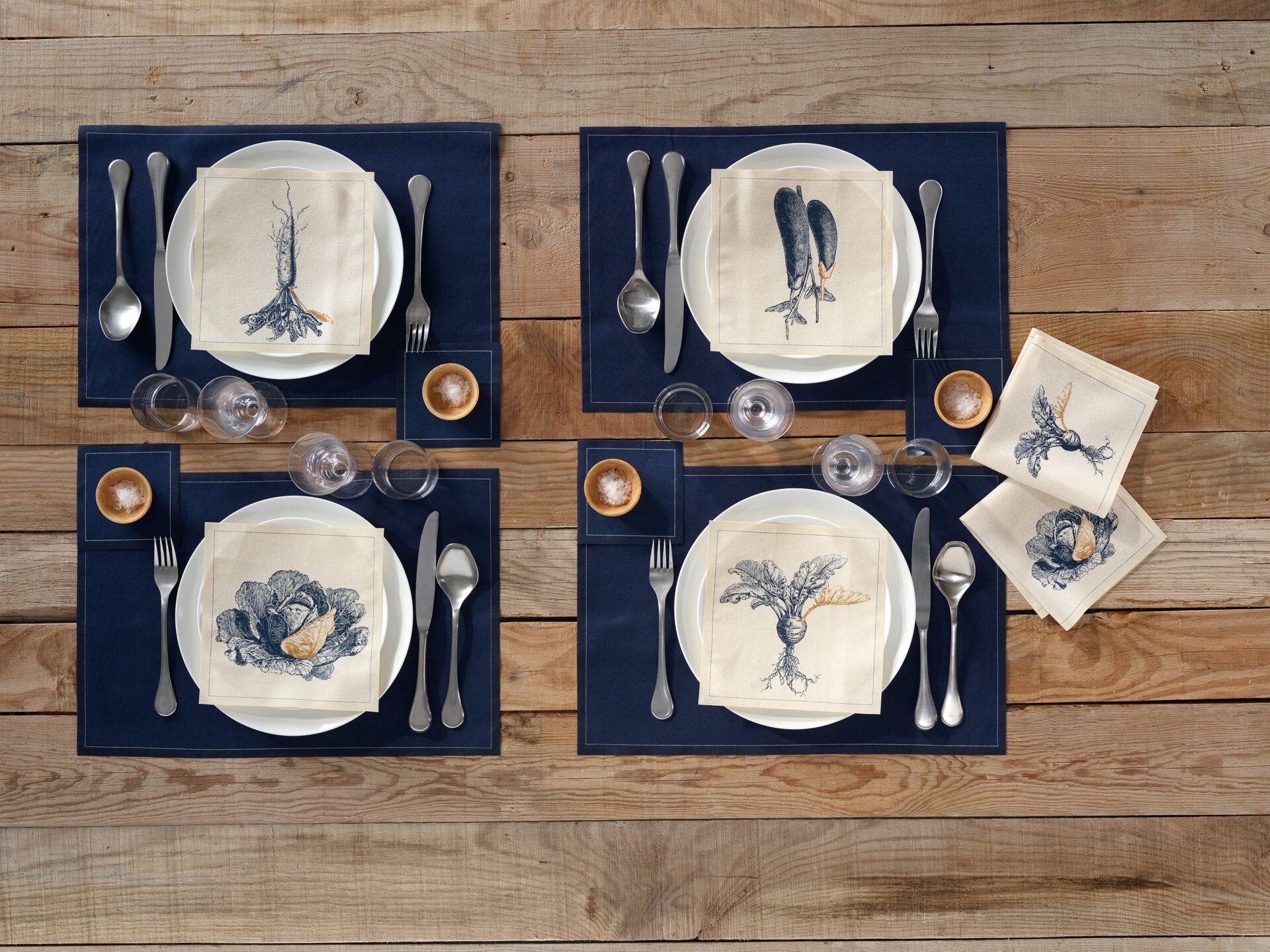

Although it hasn’t always been as we know it today, the truth is that many, many years ago humanity used cotton napkins. It is highly probable to imagine that someone predicted their end when they invented the paper napkin (in the early 20th century), but it is clear that in no way has this prediction come true.
Today cotton napkins are much more functional than ever and offer an endless list of possibilities when decorating the table.. Cotton napkins are an added bonus in any meal, whether formal or informal
Advantages of cotton napkins
Compared to paper napkins, cotton napkins have benefits for everyone:
- Respectful to the environment: cotton napkins are not made with chemical products and are reusable, so that the waste produced in the manufacturing process (by the industry) is reduced, and later, in every meal (by us).
- Greater absorption and durability: despite there being cellulose napkins of different layers, paper will never be as absorbent as a cotton napkin. While the cotton napkins serve us for different meals, if we use paper it is very probable that we use more than one in each meal (if they get wet, if we eat very greasy food).
- Price: although initially it may seem that the paper ones are cheaper, we should take into account that we are going to need many more to equal the “life” of a cotton napkin. There are currently cotton napkins on the market at very competitive process.
- Experience, warmth: you cannot compare the touch and feel of using a cotton napkin with the paper ones. They are also more pleasant to the sight, and cotton napkins reallydressthe table.
- Versatility: today there are a great variety of cotton napkins in terms of measurements, designs and patterns. Although some events may require a specific cotton napkin, the fact is that there are also cotton napkins that are suitable for both informal and more elegant meals. Cotton napkins provide more scope when decorating the table and combining them with other elements (cutlery, crockery, tablecloth…).
In this sense, and if you want to know more about how to choose the cotton napkins according to the type of meal and degree of formality, we explain to you in this post.
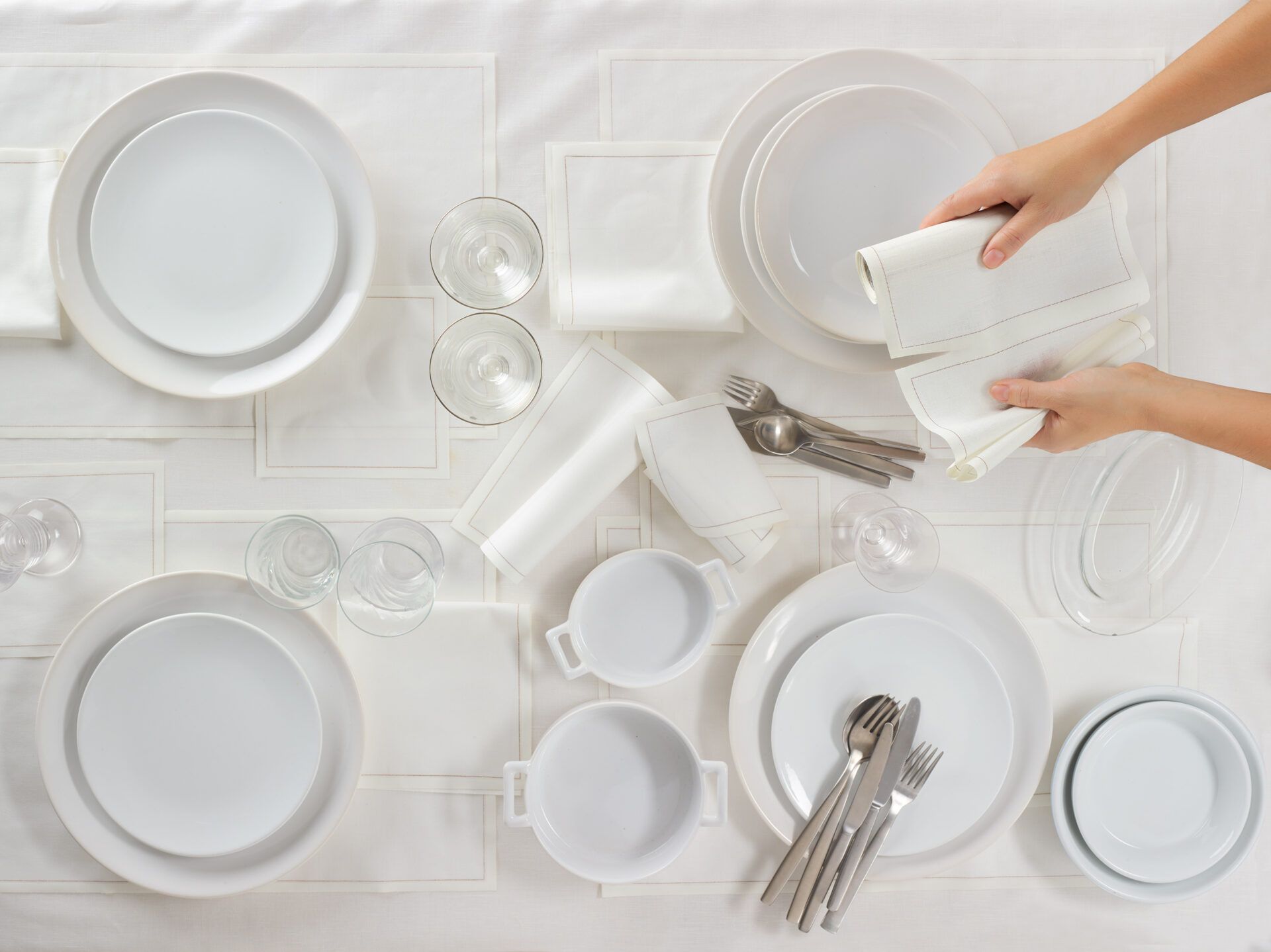
Cotton napkins: a longstanding history
The use of napkins goes back many centuries, although it is a product that has gradually evolved until becoming the variety of cotton and paper napkins that we know today.
Greece: no cotton napkins at all, but napkins made of bread!
They say that the origin of napkins is in the city of Sparta, known for its military power more than for its sophisticated table manners. From here comes the adjective “Spartan”, used to describe something austere, firm or severe.
Without doubt, Spartan napkins were the most frugal. Nothing of adornments or borders because what they used to clean their hands during the meals were not cotton napkins but… a piece of dough! They called it apomagdalia, which comes from the word apomasso, which means to clean. It seems that this custom led to the use of slices of bread to wash the hands.
Rome: cotton napkins, tablecloths and Tupperware, allin one
The Romans, perhaps a little more exquisite than their predecessors, differentiated two types of cotton napkins:
- The Shroud (in Latin, cloth): a small cloth that they used to dry the sweat. It was of individual use and was kept in their pockets.
- The Mappae: a mixture of tablecloth and cotton napkin, of different sizes. It was spread on the edge of the wooden benches (triclinia) or directly on the bed, where they also ate sometimes. As well as protecting these surfaces, Roman diners also used the Mappae to wipe their mouths and fingers during the banquets. This curious tablecloth and cotton napkin (all in one) was also their Tupperware, where they kept the surplus food in order not to leave anything in the host’s house (which would have been seen as bad manners).
Middle Ages: cotton napkins, a status symbol
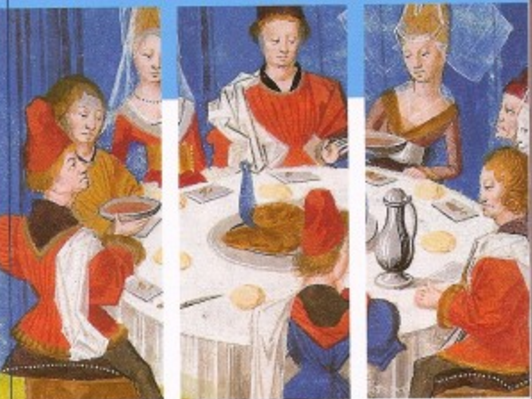
On some tables in the Middle Ages one could see vessels with water where the diners could wash their hands. The use of different cotton napkins also spread at that time:
Corcher (in French, approach): a cloth that protected the host’s chair.
Surnappe (over the cloth): it was placed on the sofa, for the guest of honour.
Common napkin: initially it was hung on the corners of the tables and later hung from the left arm of the servants (as some waiters currently continue doing).
In all these fabrics the social class of the host could be seen: whereas the tablecloths and cotton napkins of the nobility sported pretty edgings and fringes, in the taverns of the lower classes it was not unusual to see a diner cleaning their fingers on their own clothes.
Renaissance: cotton napkins and the origin of etiquette
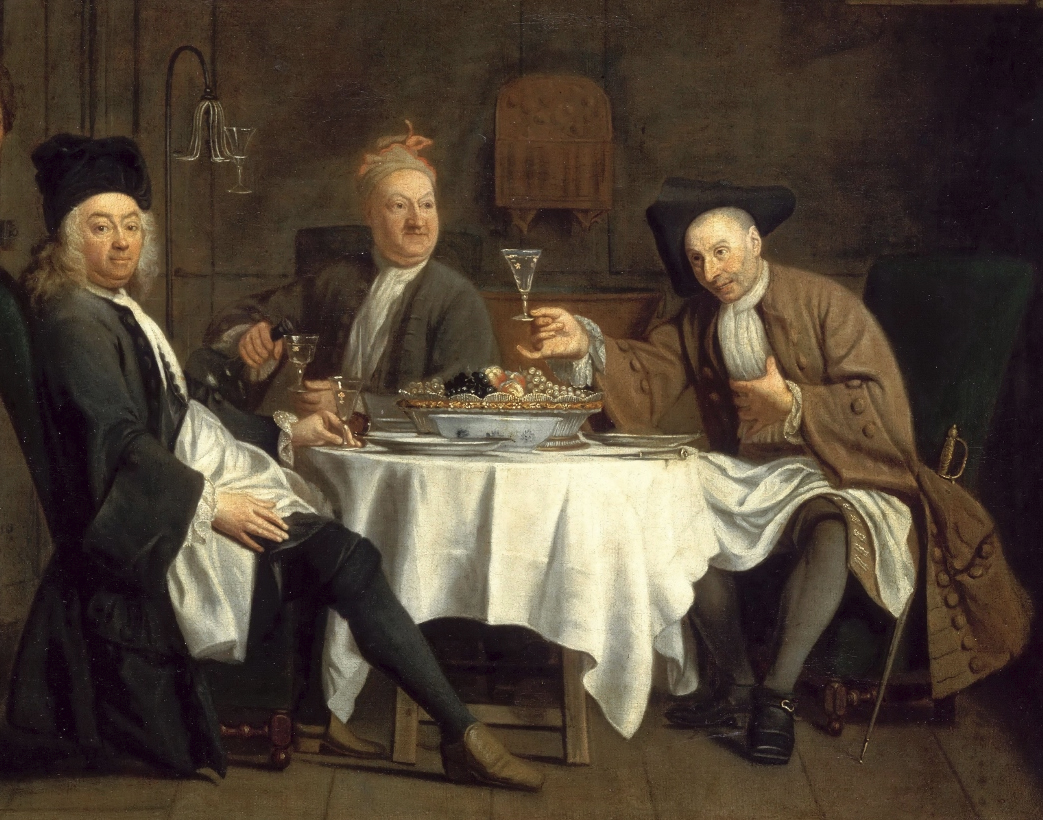
Renaissance, refinement. During the 15th and 16th centuries, in Western Europe, a major renewal of the arts and sciences took place. Table etiquette also benefitted from these advances.
They say that the creator of the cotton napkins as we know them today was the multi-faceted Leonardo da Vinci. It seems that Da Vinci was a maestro of banquets in the palace of Ludovico Sforza (his patron), who suggested to diners that they wash their hands on the rabbit fur that Sforza tied to the chairs of his guests. Another alternative of the time was to clean with the tablecloths on the table.
It is clear that we have much to thank Da Vinci for, who presented his invention as a fabric of individual use so that each diner could wipe their hands and mouth and fold up the napkin “so as not to darken the appearance of the table with their dirtiness”.
This period also saw the popularised use of the fork in the French court and the first table etiquette manuals were written.



